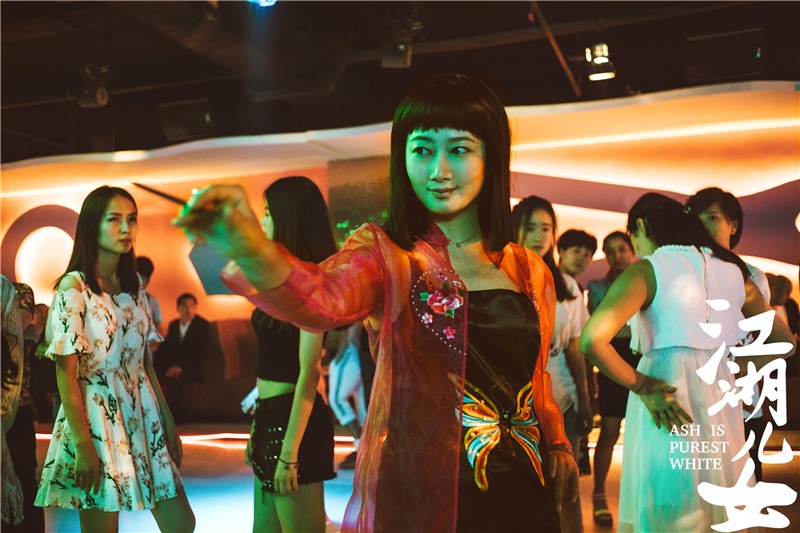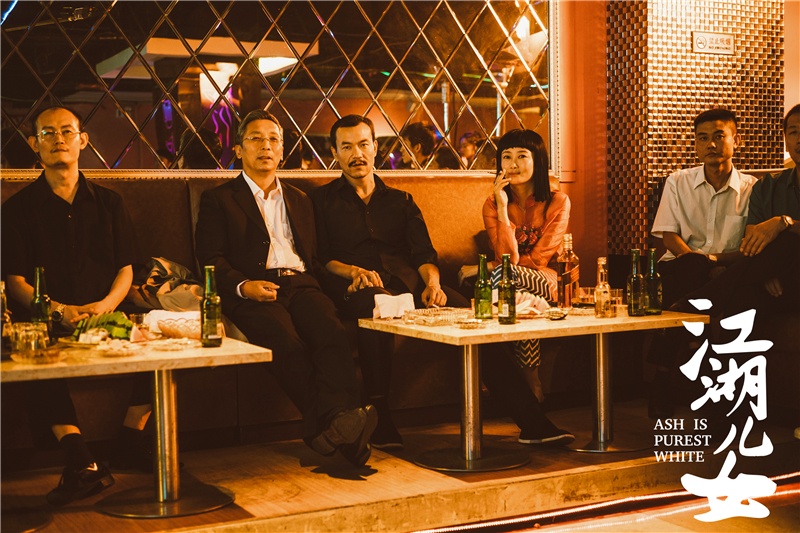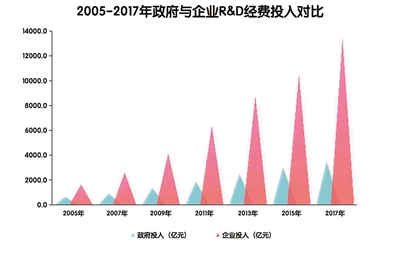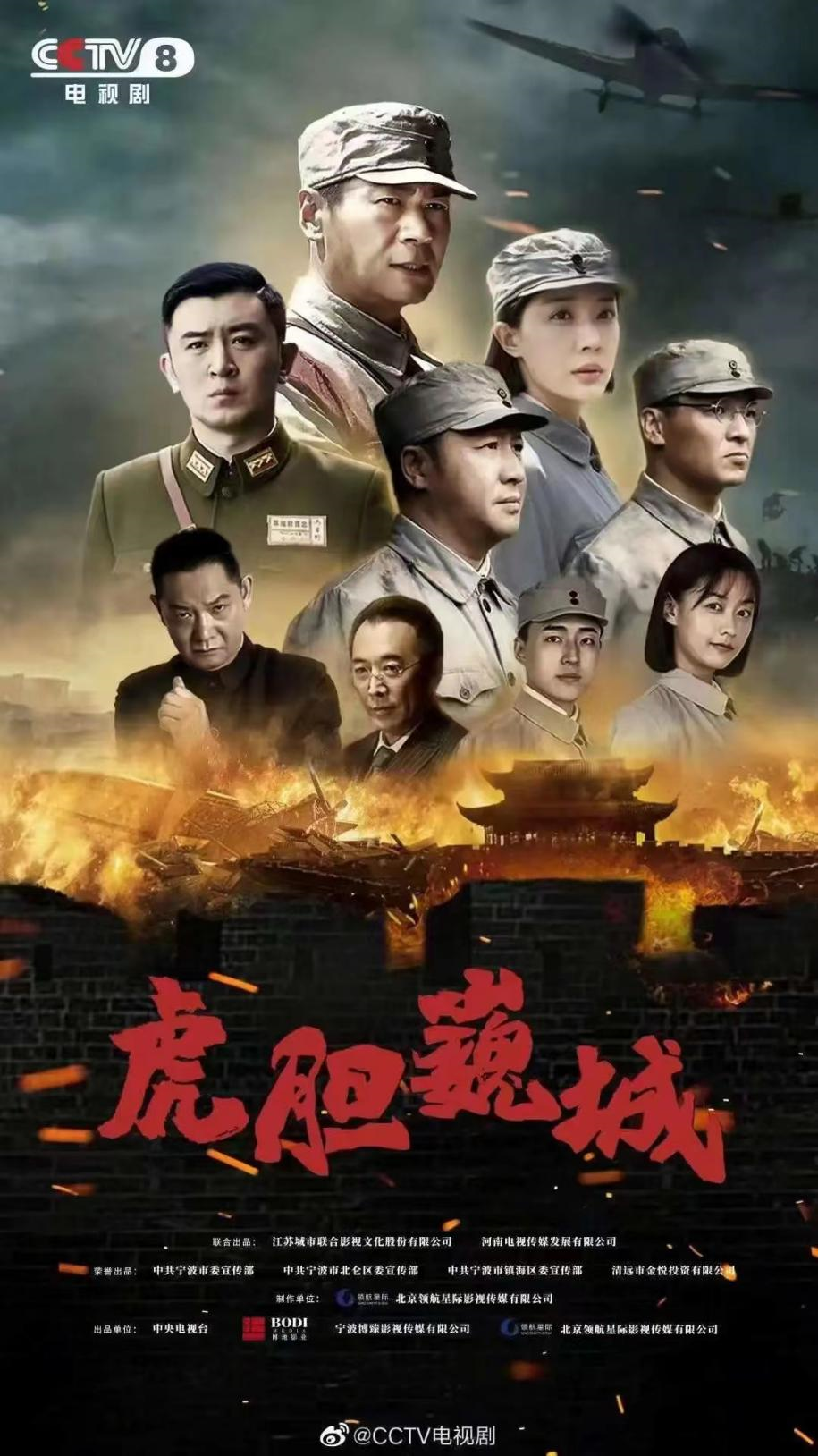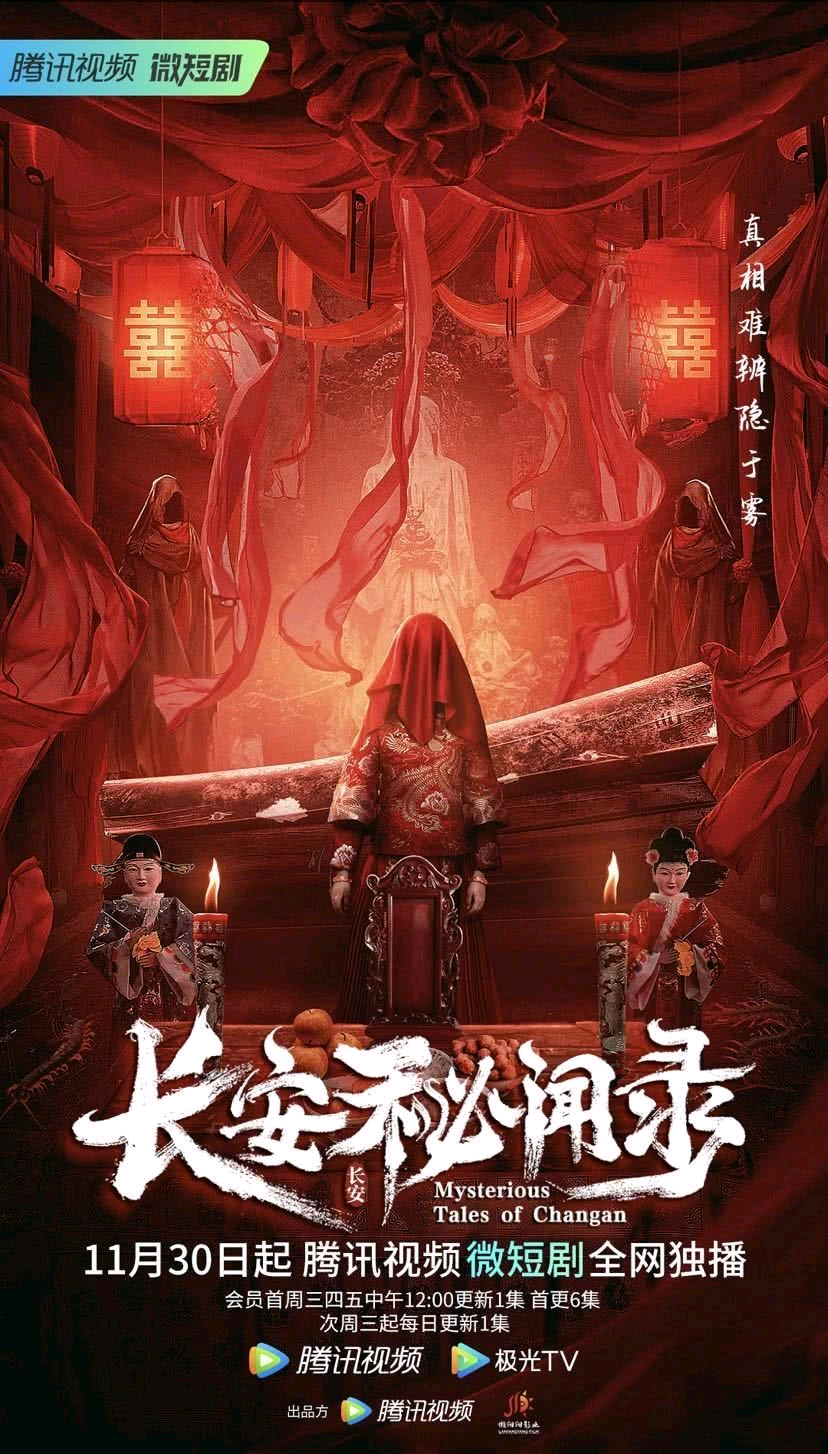Cctv news(Reporter Wang Jingyuan): Recently, under the guidance of the Network Communication Bureau of the Central Network Information Office, the network theme publicity activities of "A Thousand Quests for the Grand Canal" jointly sponsored by the Beijing Municipal Party Committee Network Information Office, the Tianjin Municipal Party Committee Network Information Office, the Hebei Provincial Party Committee Network Information Office, the jiangsu provincial party committee Network Information Office, the Zhejiang Provincial Party Committee Network Information Office, the Henan Provincial Party Committee Network Information Office, the Anhui Provincial Party Committee Network Information Office and CCTV, and co-organized by key news websites of eight provinces and cities along the Grand Canal were held in Beijing, Tianjin, Hebei, Shandong, Jiangsu and CCTV.
The theme activity is to thoroughly implement the spirit of the important instructions of the Supreme Leader General Secretary on the protection of the Grand Canal, focus on the historical and cultural protection and inheritance of the Grand Canal, and show the new features of the Grand Canal in the new era. This activity is carried out in an "online+offline" way, focusing on the achievements of the Grand Canal in ecological protection, cultural heritage protection and high-quality economic development, and showing the new features of the Grand Canal in the new era by comparing the past and the present.
A new green picture by the ecological priority canal
In the upper reaches of the Beijing section of the Grand Canal, there is an open water area of 460,000 square meters, which is the intersection of five rivers, namely Wenyu River, Tonghui River, Xiaozhonghe River, Yunchao River and North Canal, commonly known as the intersection of five rivers. Here, reeds sway, water plants cling to each other, wild ducks play and fish and birds live together, which is the main waterfront place for nearby citizens to relax and entertain.
Due to the abundant precipitation in this year’s flood season, the city has brought abundant water resources. Considering all aspects of water safety, water resources, water environment and water ecology as a whole, the Beijing Water Affairs Bureau organized and implemented the allocation and dispatching of water resources in the city from the flood season of 2021 to the flood season of 2022, dispatching Miyun Reservoir, Guanting Reservoir, the middle route of South-to-North Water Transfer Project and other engineering water sources, focusing on ecological replenishment of Chaobai River, North Canal and Yongding River.
After the overall planning of Beijing Water Affairs Bureau, it is planned to allocate 138 million cubic meters of ecological water for the North Canal Basin during the ecological water replenishment period. Up to now, more than 93 million square meters of clear water has flowed out from Miyun Reservoir, and finally it has been replenished at the intersection of the five rivers through Xiaozhong River, and then it has flowed downstream through the rivers such as the North Canal and the tidal river.
A few years ago, the intersection of the five rivers was a lifeless flood control and drainage channel. In recent years, the North Canal Management Office has improved the water quality and ecological environment at the junction of the five rivers as a whole by planting aquatic plants, artificially reconstructing the aquatic ecosystem, fine water rapids, gate rotation and artificial surge.
"In the past, because of the lack of water, the water quality of Xiaozhonghe and Wenyu rivers was poor, which led to poor water quality at the intersection of the five rivers and the downstream rivers. However, this replenishment has obviously improved the water quality of Xiaozhonghe, and a large amount of clear water has flowed into the downstream, which has greatly improved the water quality of the whole line." Yang Zichao, head of the ecological environment section of the North Canal Management Office, said.
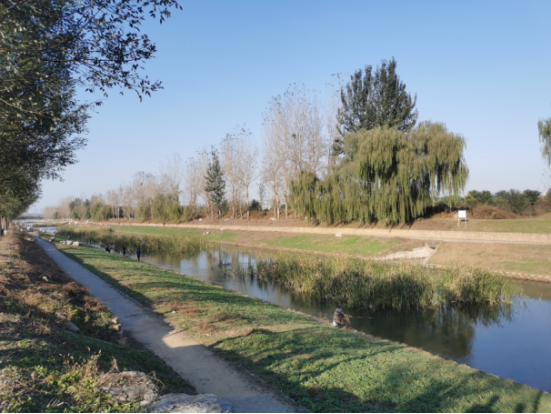
(The water quality of the main stream of the Beijing section of the Grand Canal has been significantly improved)
In this theme activity, media reporters walked into the Xianghe section of the Grand Canal in Langfang, Hebei Province, focusing on the remarkable improvement of the quality of the landscape environment and the happiness index of the people along the coast, and enjoying the new features of the Grand Canal in the new era.
In recent years, the landscape improvement project along the Xiangjiang River has been strengthened, and a total investment of 9.1 million yuan has been made in river regulation to clean up the tree barriers in the river and standardize the illegal sand mining and soil borrowing along the river bank line; In the aspect of garbage disposal, the water surface and coastal garbage of the North Canal, Xiaoyoufa drainage canal were cleaned intensively; In terms of landscape greening, the landscape greening project along the canal, the park project about the node of the canal and the landscape greening project of the canal avenue were implemented. All the 1000-meter areas along the coast were afforested, with a greening area of more than 12,000 mu, and the overall image of the ecological landscape was significantly improved.
At the same time, the Xianghe section also comprehensively promoted the water quality improvement project, and invested 3.08 million yuan to upgrade the Ping ‘an Sewage Treatment Plant. After the tail water treatment, it reached the national first-class A emission standard; Strictly delimit the areas where livestock and poultry breeding is prohibited, restricted and suitable, continuously improve the comprehensive utilization rate of livestock and poultry manure, effectively reduce agricultural non-point source pollution, and control the impact of livestock and poultry breeding on water quality from the source.
Ecological protection is the foundation of the development and construction of the Grand Canal Cultural Belt. The Suyu section of the Beijing-Hangzhou Grand Canal (also known as the Central Canal) starts from Suqian Gate in the west and ends at Siyang in the east, and flows through Shunhe Street, Suqian High-tech Industrial Development Zone, Luji Street and Yanghua Town, with a total length of 39.7 kilometers. Besides flood control and drainage, it also undertakes the tasks of South-to-North Water Diversion, irrigation, shipping and industrial and domestic water consumption along the way, which plays an important role in developing economy, transportation, culture and regulating water storage capacity.
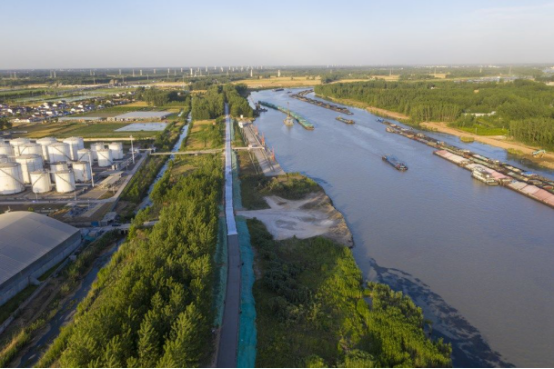
(Construction of the top road of the central canal embankment)
"In the past few years, there have been troubles in development along the Central Canal, and there are many problems that are contradictory to water environmental protection, ecological construction and development, and the needs of citizens for a better life." Gao Ran, member of the Party Committee of suyu district Water Conservancy Bureau in Suqian City, Jiangsu Province, introduced that in recent years, suyu district has carefully created the ecological rhyme of the Central Canal, innovatively implemented the pilot project of "professional+normal" management and protection, and implemented the model of "public welfare to help the poor+auxiliary river patrol" to combine river environmental management and protection with public welfare to help the poor. Two low-income households were hired as "public welfare to help the poor river patrol" from towns and villages along the Central Canal, and the natural resources and planning departments were combined to formulate assessment methods and set up professional river patrol.
Strengthening the Protection of Intangible Heritage and Creating Characteristic Cultural Industry
The formation of a city often stems from the population concentration brought by rivers. With people’s activities over the years, the cultural interests and spiritual wealth of one people also came into being.
In Tianjinwei, the "lower tip of the Nine Rivers", the Grand Canal running through many administrative regions is like a cradle, which has nurtured many intangible cultural heritages in Tianjin. Those precious production and life skills and humanistic spirit are being passed down tenaciously and vigorously on the land of Jingu as a non-legacy project.
When the word "Clay Fighter Zhang" is mentioned, perhaps the first thing that many people think of is Mr. Feng Jicai’s "Clay Fighter Zhang", which was selected as a junior high school textbook. The story begins with a sentence, "People on the craft road pinch clay figurines ‘ Clay figurine Zhang ’ Ranked first Moreover, there is a difference of 108,000 Li between the first, the second and the third, which shows the position of "Clay Fighter Zhang" in Tianjin’s traditional humanities and arts, and also shows the confidence of Zhang Mingshan, the founder of "Clay Fighter Zhang" and his descendants who have infiltrated this craft for more than a hundred years.
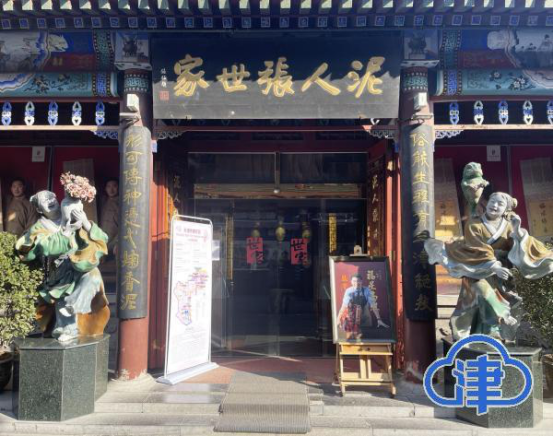
(Zhang Shijia, a clay figurine on the ancient cultural street)
After more than a hundred years of historical vicissitudes, the clay sculpture of "Tianjin Clay Fighter Zhang" has been passed down from generation to generation as a national intangible cultural heritage. Zhang Shijia, the curator of Clay Fighter Zhang Art Museum and the old workshop of clay figurine painting, advocates that Yu is the sixth generation descendant of "Clay Fighter Zhang". Talking about the inheritance of clay sculpture, Zhang Yuyan is full of love. He bluntly said that his enthusiasm for an art is the key to his persistent study.
In Zhang Yu’s view, one generation has the responsibility of another. Art inheritance is not simply to teach by hand, but to look at the interests, talents and basic skills of later generations, and to walk this road with the right people, so as to cultivate qualified descendants. "What I can do is to pass on clay sculpture art in my own hands." Although with the acceleration of social rhythm, fewer and fewer people are willing to polish their basic skills, calm down and slowly find the feeling of artistic creation, but Zhang Yu feels that "as long as people are willing to appreciate the charm contained in clay sculpture art, this art will certainly be passed down."
There are 5 national projects, 13 municipal projects and 38 district projects … … This is an intangible figure that Nankai District of Tianjin can be proud of. From "clay figurine Zhang", which is closely related to citizen culture, to Lianshengzhai embroidery, which spread from Suzhou to Jinmen along the canal, these intangible items are like flowing blood, writing wonderful music for Nankai’s human history and jointly forming a colorful cultural industry on this land.
Hua county is the seat of Daokou ancient town, and the endless Grand Canal is like a heavy book, which records the historical changes here for thousands of years. As an overlapping area of the Yellow River culture and the Grand Canal culture, hua county has a long history and rich culture, which has spawned a variety of intangible cultural heritage projects. It is a major county of intangible cultural heritage in Henan Province. The intangible cultural exhibition hall of hua county Grand Canal in Anyang focuses on the charm of intangible cultural heritage along the Grand Canal.
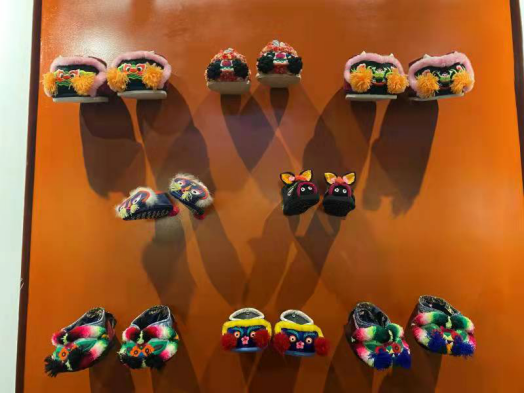
(hua county Kong’s hand embroidered shoes)
According to reports, there are 173 intangible cultural heritage projects in hua county. Among them, hua county Woodblock New Year Pictures, Daxian Opera and Dapingdiao are listed in the national intangible cultural heritage list, and folk crafts such as Daokou tin ware, Qin’s silk art, An embroidery and old coarse home textiles are well-known at home and abroad.
Located on the bank of the Grand Canal (hua county section), the Grand Canal Intangible Cultural Exhibition Hall is set up by using granaries. With the theme of Millennium Grand Canal cultural heritage, it displays thousands of intangible cultural heritages along the Grand Canal. There are four exhibition halls in the Cultural Exhibition Hall, with an exhibition area of over 1,000 square meters. The exhibition includes traditional operas, traditional sports and acrobatics, traditional medicine and folk customs, etc. It is a theme exhibition hall of intangible cultural heritage derived from the Canal.
Developing high-quality economy and showing the grand canal in the new era
The canal economy has laid the economic foundation of Huzhou, Zhejiang Province. For thousands of years, the people along the coast of Huzhou have lived by water, worked by water and prospered because of water, which has promoted the economic development along the route. Over the years, Huzhou has successively held such canal cultural activities as Lake Pen Culture Festival, Silk Culture Festival, Tea Culture Festival and Fish Culture Festival, thus expanding the social influence of the canal culture and becoming a tourism brand with local characteristics in Huzhou.
Huzhou silk has a history of more than 4700 years. On June 25th, 2015, Qianshanyang site was officially named as "the source of world silk". In the same year, the silk town was officially settled in Xishanyang National Urban Wetland Park, which combined the silk culture with the traditional silk industry with a history of more than 4,700 years. According to reports, in the future, it will gradually be built into a "Silk Wenchuang Holiday Town" integrating silk industry, historical relics and eco-tourism.
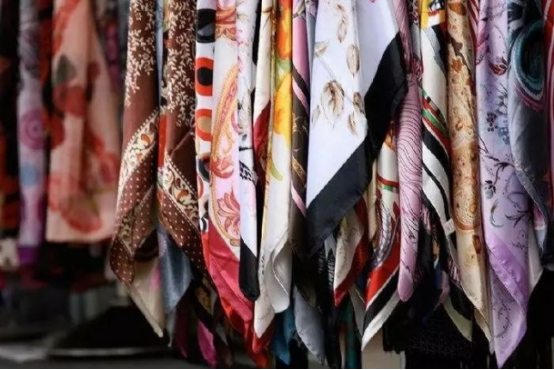
(Huzhou Silk)
Sericulture also provides new opportunities for Huzhou tourism. From planting mulberry, raising silkworm and weaving silk in the past to taking the road of circular economy and leisure tourism now, the sericulture industry in Huzhou has gradually changed from primary production and secondary production to "1+2+3" typical development of the whole industry.
Macun Village, Meixi Town, Anji is known as "the first sericulture village in Zhejiang", and has been exploring the transformation of sericulture industry for nearly 10 years. Today, it has embarked on a road of sericulture circular economy. Villagers only raise autumn silkworms for one season, and mulberry leaves after fruit mulberry picking can continue to raise silkworms; Mulberry fruit can be sold to the village sericulture cooperative to squeeze mulberry juice or make dried mulberry fruit; Silkworm dung can raise fish, and pond mud can fertilize mulberry trees; After the discarded mulberry branches are broken, they can be used as fungus beds … … At the same time, the local government is building excellent routes for sightseeing in Sang Hai and picking mulberry fields to attract more tourists to "stay".
Gushao Town, Yicheng District, Zaozhuang City is located on the north bank of the Beijing-Hangzhou Grand Canal, which is penetrated by the ancient canal. Yizhou Port in its territory is the largest port in Zaozhuang section and the inland river port with the highest docking level in Shandong Province. In recent years, Gushao Town has made use of water, and the "pearl" on the ancient canal has given off unprecedented vitality and vigor.
Shandong’s building materials industry ranks first in China, and Zaozhuang is an important energy and building materials base in China. Standing by the channel of the port, you can see the scene of loading at any time. Along the 1800-meter underground corridor, car after car of stones filled the belly of the cargo ship. Liu Gang, deputy general manager of Zhangzhou Port, said that since its sailing in 2017, the cumulative throughput of Zhangzhou Port has reached more than 20 million tons, of which about 90% is building materials.
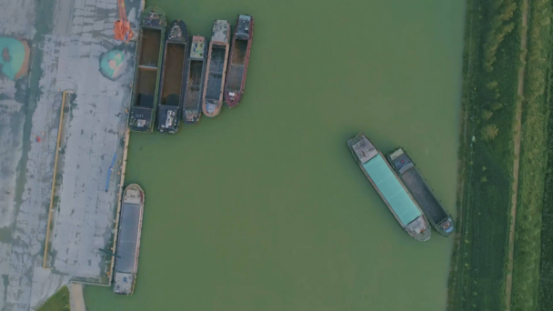
(Yizhou Port)
In the next step, Yizhou Port will devote itself to Yu Jiancheng’s comprehensive modern port and shipping industrial park, which integrates eco-port, logistics and distribution, warehousing and commerce, processing and manufacturing, and cultural tourism, so as to promote the common development of related industries such as port and shipping logistics, port processing and canal cultural tourism.
Coincidentally, Suzhou is also a city prospered by the Grand Canal. Bianshui, also known as the ancient Bianhe River in Suzhou, refers to the Sui and Tang Grand Canal (Tongji Canal). The Suzhou section of the Grand Canal is 141.5 kilometers long, and it flows through three counties in Suzhou, namely Yongqiao District, Lingbi County and Sixian County, involving 14 towns and villages. Among them, 94.5 kilometers of river ruins are buried underground, and 47 kilometers of water rivers (including the World Cultural Heritage Section) are located in Sixian County.
In 1960s and 1970s, a large-scale artificial river was excavated from Suzhou, Anhui Province to Sihong, Suqian, Jiangsu Province. Because the river line was basically parallel to the ancient Bianhe River, it was named as the new Bianhe River. For decades, the new Bianhe River has played a role in flood discharge, irrigation and shipping, benefiting the people along the coast. In recent years, the river siltation is serious, the ship locks are in disrepair for a long time, some bridges hinder navigation, the shipping function is shrinking day by day, and the whole line is in a state of suspension.
In 2018, the new Bianhe waterway regulation project entered the stage of full implementation. After the new Bianhe waterway is fully connected, the annual throughput can reach 30 million tons, connecting the Central Plains Economic Zone and the Yangtze River Delta urban agglomeration, seamlessly connecting with the Yangtze River Economic Belt, opening up a brand-new shipping corridor in Henan, Anhui, Jiangsu and the Yangtze River Delta, and forming a comprehensive three-dimensional transportation system with the built high-speed railway station and the airport to be built in Suma Modern Industrial Park, thus realizing the beautiful long-cherished wish of Suzhou and even northern Anhui to reach the sea.

